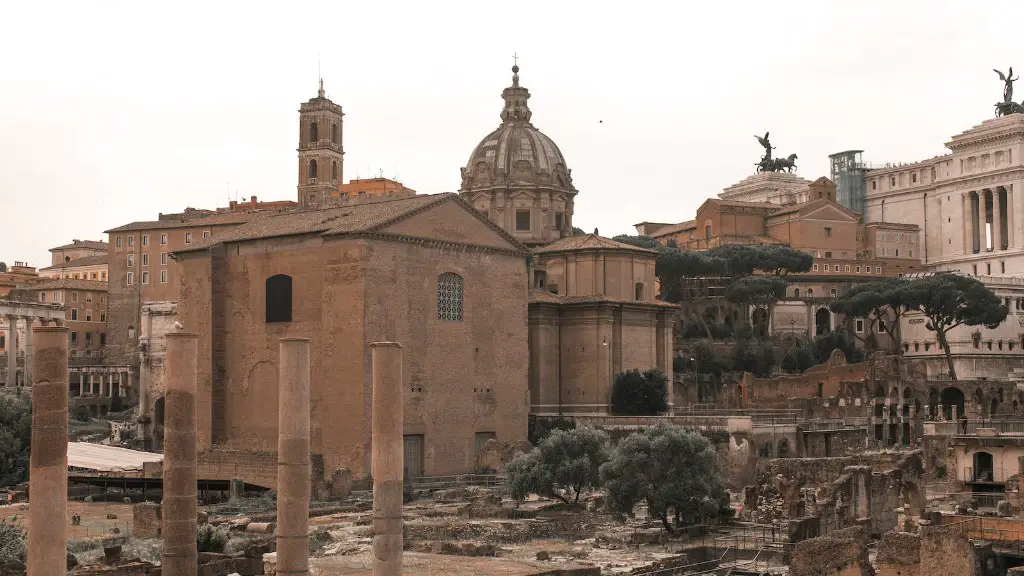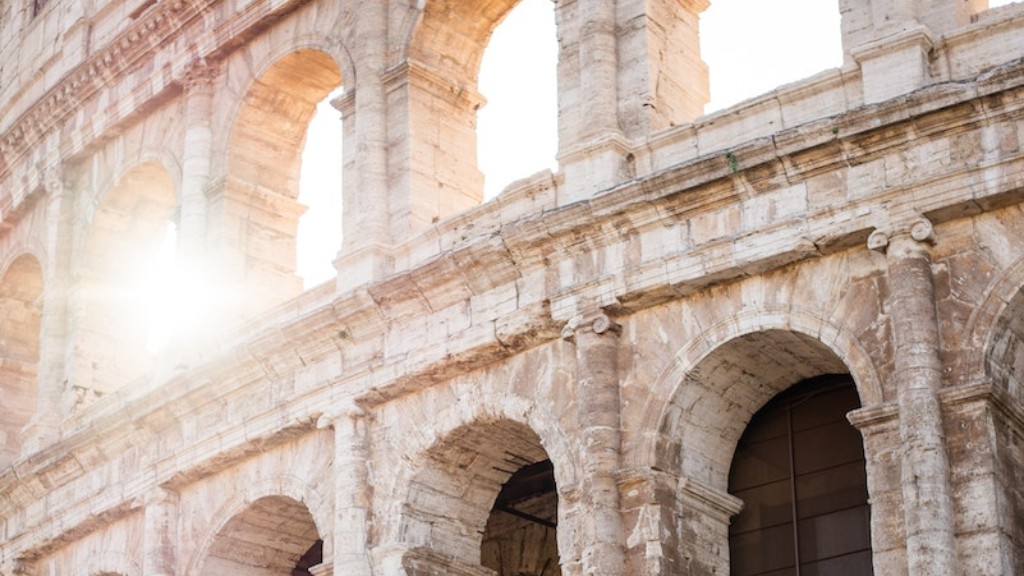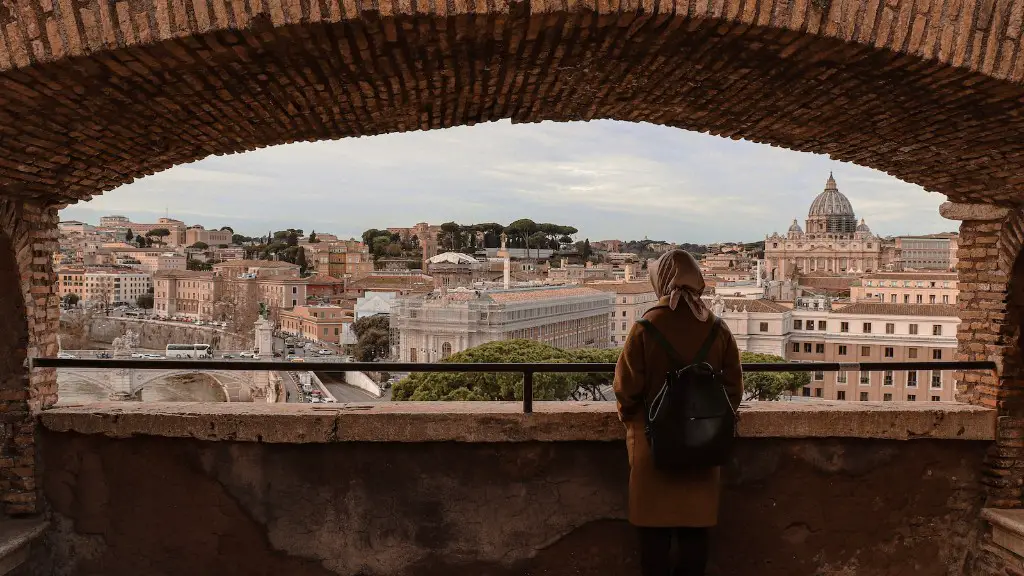Traditional Roman Cuisine
As one of the foremost civilizations of antiquity, it is not surprising that food was an important part of ancient Roman life. Roman cuisine was rich and varied, with a heavy focus on local, seasonal ingredients; the simplest meals included freshly-picked vegetables, while more complex dishes could involve fish, seafood, cheese, and an assortment of grains and legumes such as wheat, barley, farro, and chickpeas. In addition to these local staples, regional variations across provinces – as well as between wealthy and poor households – meant that Roman cuisine encompassed an array of dishes, flavours, and styles.
Mealtimes were highly structured and were based around the Roman cursus – the ancient Roman term for courses: the prima mensa, or first course, included dishes such as garlic-infused sauces, pork sausages, boiled eggs, and olives; the secunda mensa, the second course, was more substantial, featuring braised meats and fish, pasties, and sauces made from animal livers and brains; and finally, the tertia mensa, the third course, was light and often vegetable-based, and could include sweet items such as jellies, cakes and cheeses. While the exact components of meals varied across social class, everyone ate with their hands, since cutlery and crockery were considered a sign of barbarism.
In addition to meals, Romans consumed snacks throughout the day. A popular street food was the panis, a flat-bread made from crushed wheat and barley grains, although it is likely that the poorer classes would consume this with little or no garnishing. Figs, olives, and honey were also popular snacks, as were small-mammal meats cooked in a variety of styles, such as boiled, roasted, or stewed.
Breakfast, however, was kept light, consisting mostly of small cakes and wine. Lunch was the largest meal of the day, but was considered an informal occasion and was often eaten in the gardens and public places outdoors, particularly for the rich. The wealthy would also enjoy elaborate dinners with their friends and family, usually in luxurious and expensive villas.
The dining experience in ancient Rome
Meals in ancient Rome were social and communal events. Wealthy families received their guests in separate rooms, where food was served on low-level tables along with benches for seating. Slaves often served the food, and as in other ancient civilizations, bread-like cakes, called ‘mulsum’, were often shared among the guests and eaten with their hands. The flavor of the dishes was enhanced with a variety of spices, herbs and sauces, including garum – a fish-based sauce popular among the Romans.
Most meals began with a liquid starter known as a gustatio. This could consist of wine mixed with various herbs and spices, or it could be as simple as water. After the starter, guests were served a variety of dishes, ranging from simple dishes such as stewed vegetables or noodles, to more elaborate ones such as roasted meats, or entrails, accompanied by sauces and vegetables. The third course was usually a sweet treat, such as jellies, ice-cream and nutty pastries.
Apart from serving food, meals were also used as an opportunity for entertainment. Music, theatrical performances, poetry readings, and other entertainments were often included in large banquets, especially those hosted by the wealthy. And despite the fact that food was seen as a necessity to life, it was still an essential part of pleasurable activities, with banqueters often consuming large amounts of food and wine as a sign of wealth and power.
Drinks and Beverages
Roman cuisine was not just about food; it also included a variety of wines, beers, and liquors. Ancient Roman wines were made from a variety of grapes and were available in sweet, sour, and sparkling variations. Beer was also popular and was usually made from barley, and usually consumed in taverns and inns. Popular liquor drinks of the time included mead, a fermented beverage made from honey, and a drink known as ‘posca’, which was a mixture of water, vinegar and wine.
Apart from these alcoholic beverages, Romans also drank juices, tea, and coffee. Juices were made from a variety of fruits and were usually sweetened with honey. Tea was usually made from the leaves of the Camellia sinensis plant and was usually sweetened with honey and spices. Coffee, on the other hand, was not yet known to the Romans, although it was beginning to emerge as a popular beverage in Mesopotamia at the time.
Changes over Time
Throughout the eras, Roman cuisine evolved and adapted to suit the changing tastes of its citizens. For example, recipes from the late Republic and early Empire often included a variety of exotic ingredients, such as exotic fruits and spices imported from foreign lands. During the rule of the Flavian Emperors, Roman dishes often featured an emphasis on seafood and fishes caught in the Mediterranean. Later, during Medieval times, Roman dishes became less extravagant, relying more on simple dishes such as porridge and bread.
Roman cuisine was also heavily influenced by the conquering cultures of the time. For example, during the Byzantine Empire, recipes began to include the use of cheese and oils, while during the Renaissance, the introduction of spices and sauces from the East brought a new complexity to Roman dishes. As the Roman Empire continued to grow and expand, new cuisines and ingredients began to be adopted and adapted, making Roman cuisine one of the most diverse and interesting cuisines in the world.
Conclusion of Roman Dining Habits
In conclusion, it is clear to see that cuisine in Ancient Rome was diverse and constantly changing. From simple peasant dishes to elaborate banqueting feasts, Roman cuisine was both varied and inventive, incorporating flavours and ingredients from the far reaches of the ancient world. As the Roman Empire grew, so too did its cuisine, leading to the development of some of the most famous and enduring dishes from antiquity.



